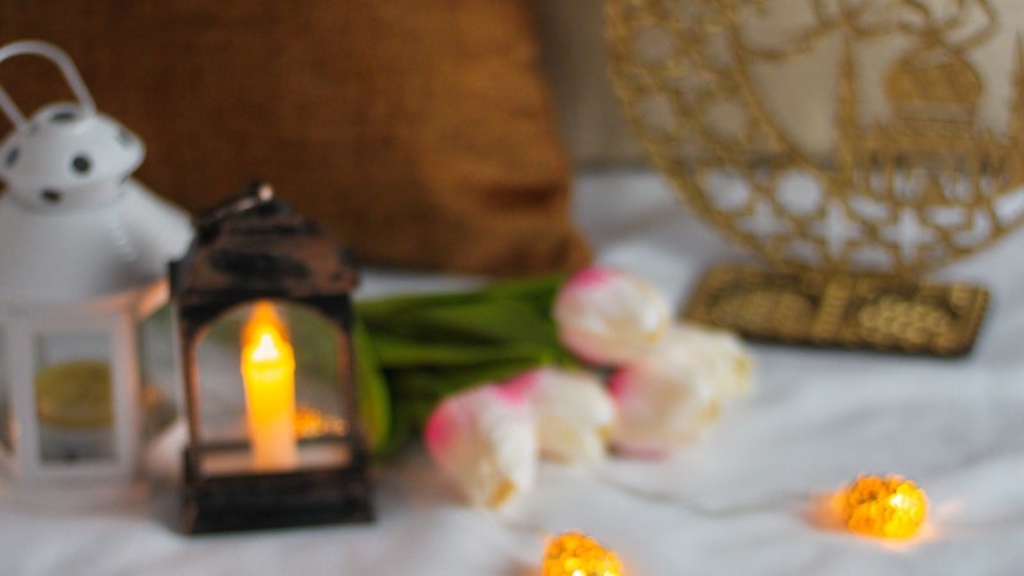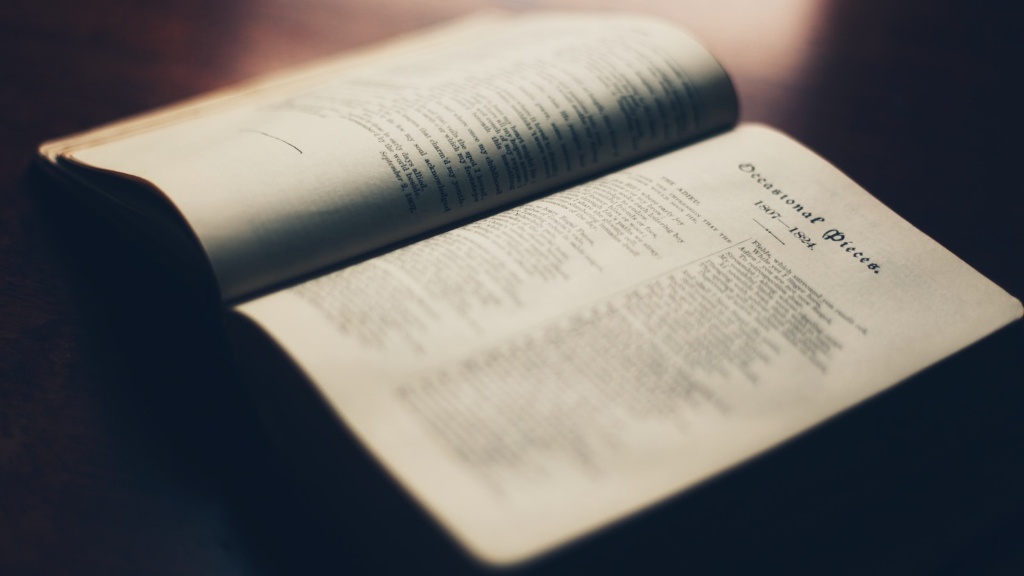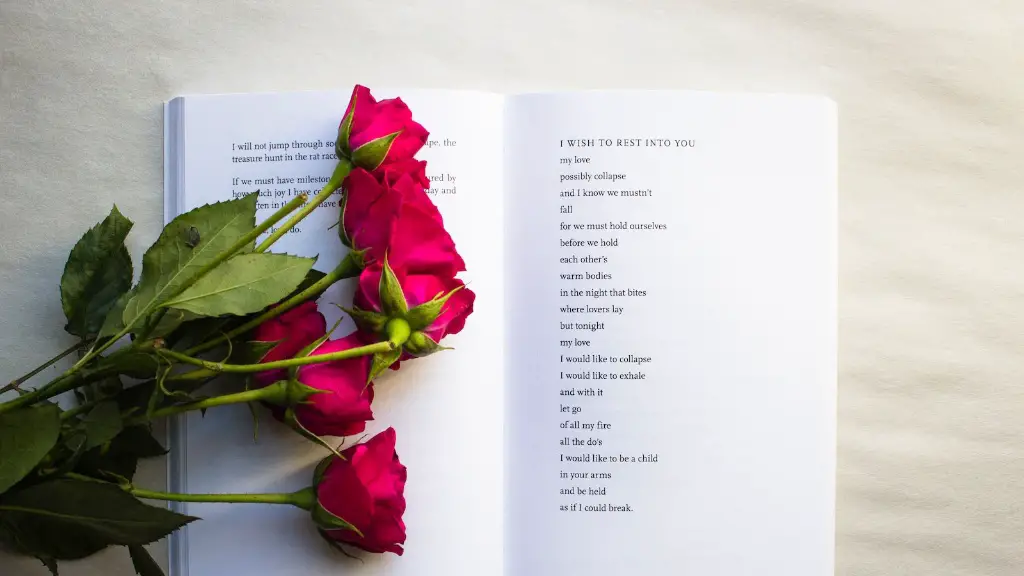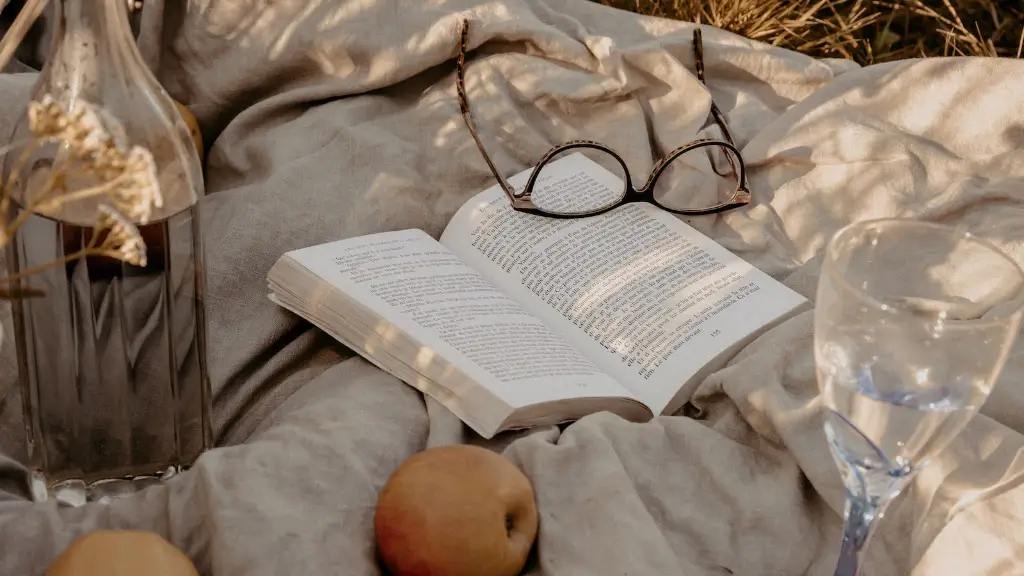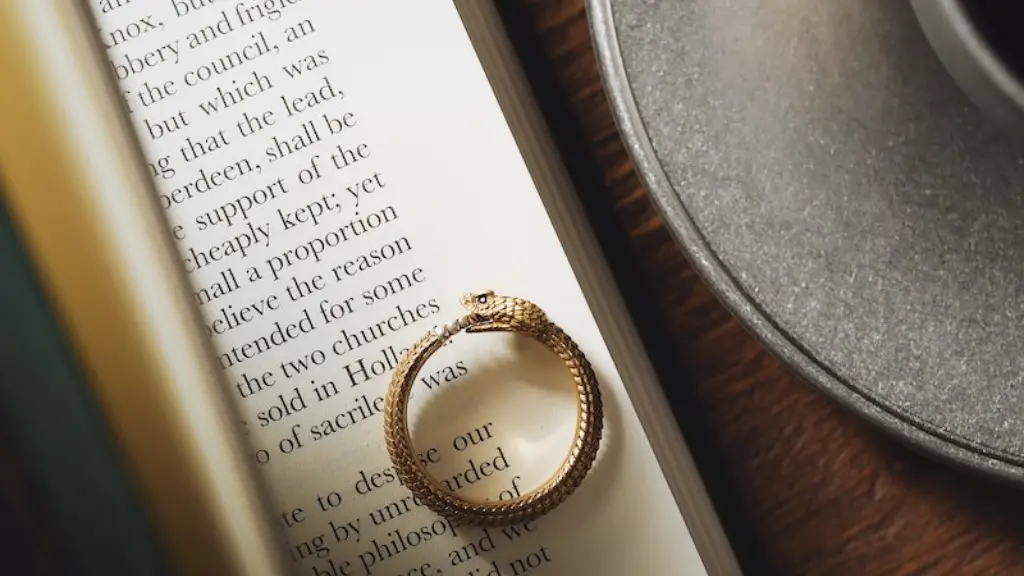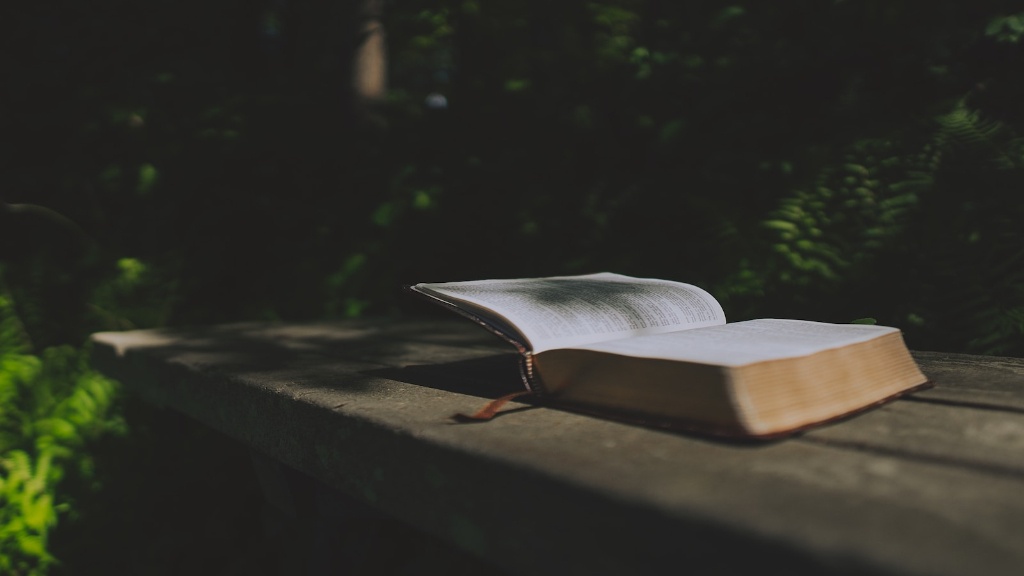Lyric poetry and narrative poetry are two major types of poetry, both of which have been around for centuries. Lyric poetry, also known as lyrical poetry, is a form of expression through which a poet expresses his or her own private emotions and thoughts. It is a type of poem which is written in lyrics and is more concentrated on one subject rather than many. Lyric poems tend to focus on individual moments or strong emotions. On the other hand, narrative poetry is similar to stories told in verse. It relates to past events and has an engaging narrative quality. It often involves fictional characters, scenes and plots. Although these two types of poetry differ in many ways, they both rely heavily on language and imagery, and have an overriding rhythmic pulse.
When it comes to their structure, lyric poetry is usually short, with most poems being made up of less than a dozen lines. Lyric poetry does not usually tell a story and does not need to follow a certain rhythm. Instead, it focuses on conveying one particular emotion or image. This type of poem does not always have a rhyme scheme, allowing for greater freedom of expression. Narrative poetry, on the other hand, tends to be much longer and usually has a story to tell. Narrative poems usually tell a story by having a set rhythm or rhyme scheme. The structure of narrative poetry also helps to drive the story forward and keep the reader engaged.
In terms of language and imagery, lyric poetry relies heavily on individual words, similes and metaphors. The poet tries to convey an image or emotion with precise words and descriptors. This type of poem tends to be highly personal and often requires the author to tap into their own inner thoughts and feelings. Narrative poetry also uses language and imagery to tell a story, but often includes more figurative language, similes, and metaphors. The author of a narrative poem must focus on painting a vivid picture of the events being described.
The overall mood of each type of poem is also quite different. Lyric poetry tends to be more serious and often deals with intimate topics. It has the ability to make a reader feel very close to the poet and evoke a strong emotional response. Narrative poetry, on the other hand, can be funny, light hearted and entertaining. It is also often written in a way that allows the reader to imagine the events or characters being described.
It is clear that lyric poetry and narrative poetry have different objectives and styles. They both rely heavily on language and imagery, but the way each type of poem is structured, and the overall tone of each type, are quite different. Lyric poetry can be highly personal and evokes strong emotions, whereas narrative poetry can be entertaining and engaging.
Forms of Lyric Poetry
Lyric poetry is one of the oldest and most popular genres of literature. It has been around for centuries and there are many different types of lyric poetry. One of the most common forms of lyric poetry is the sonnet. The sonnet is a fourteen-line poem that usually follows a strict rhyming pattern. Another type of lyric poem is the ode. Odes are often written to pay homage to a person, place, or thing and often employ elaborate metaphors and descriptions. The ballad is another popular type of lyric poetry. It typically tells a story and follows a specific structure, often using rhyme and meter.
The villanelle is a type of lyric poem that follows a strict pattern. It typically consists of nineteen lines and includes two recurring lines that are repeated throughout the poem. The haiku is a type of Japanese lyric poem which consists of seventeen syllables divided into three sections. This type of poem typically conveys feelings of nature or emotions in a very concise way. Most modern lyric poetry does not follow a set structure, allowing for greater freedom of expression.
Unlike narrative poems, lyric poems do not usually tell a story. They focus on individual moments or emotions and can be very intimate. Most lyric poems are quite short, allowing for succinct expression. Lyric poems often use vivid language and imagery to convey an image or emotion, and are usually highly personal and evocative.
Forms of Narrative Poetry
Narrative poetry is a type of literature in which a story is told in verse. It has been around for centuries and can take on many forms. One of the most popular forms of narrative poetry is the epic poem. Epic poems are typically long poems which tell a story of heroic deeds. Authors often incorporate imaginary characters, scenes and events into these stories. Another type of narrative poem is the narrative lyric. This type of poem combines elements of both lyric and narrative poetry and can be quite unpredictable.
The ballad is one of the oldest forms of narrative poetry, typically using four-line stanzas with a common rhyme pattern. This type of poem is often written to portray a tragic event or tell a story. Pastoral poetry is another type of narrative poem. It often focuses on rural life, nature and animals. Folk poetry is another form of narrative poetry, often telling stories of everyday life, local customs and superstitions.
The main difference between narrative poetry and lyric poetry is that narrative poetry usually follows a story and has an engaging narrative quality, often involving fictional characters and events. Narrative poems often have a set structure and use language and imagery to drive the story forward. Narrative poems often use figurative language, similes, and metaphors.
Uses of Narrative Poetry
Narrative poetry has been used throughout history to tell stories and convey information. It was often used by storytellers and bards to pass on knowledge and traditions to the next generations. It is still used today by poets to tell stories in a unique and engaging way. Narrative poetry can be used to entertain, educate and inform.
Narrative poetry can be used to recount historical events, myths and legends. It is often used by poets to explore issues and ideas, or to express personal feelings. Narrative poetry can also be used to elicit an emotional response from the reader. Often, the same story or message can be told in different ways and with different emphasis in order to elicit different emotions from the reader.
Authors of narrative poetry must focus on constructing vivid scenes and characters that the reader can relate to. It is important for the author to use strong language and imagery in order to evoke the desired response from the reader. The author must also be aware of the audience and purposely craft a narrative that will connect and resonate with the readers.
Themes of Lyric Poetry
Lyric poetry is often used to express personal emotions and feelings. It can be used as an outlet for the poet to explore his or her own thoughts and feelings. Many lyric poems focus on topics such as love, loss, heartbreak, joy and nostalgia. It can also be used to showcase the poet’s views on current events, politics, or any other issue they feel strongly about.
Lyric poetry often delves into topics that are not often discussed openly. It provides readers with a window into the poet’s mind and allows them to explore their emotions. Lyric poetry can also be used to give advice or to provide comfort, often in the form of a proverb or maxim. Lyric poems can also be used as a form of protest to encourage social change and challenge the status quo.
Authors of lyric poetry must focus on being concise and to the point. It is important to use vivid language and imagery to evoke an emotional response. It is also important to remember that lyric poetry is often highly personal and requires the poet to tap into their own inner thoughts and feelings. Lyric poetry is often considered to be one of the most intimate forms of writing.
Modern Examples of Lyric and Narrative Poetry
Modern lyric and narrative poetry have both evolved significantly over the years. Both types of poetry are often written and shared online, allowing for a wider audience than ever before. Social media has been particularly influential in allowing poets to reach a larger audience, with many poets amassing large followings due to their work.
Modern lyric and narrative poetry often explore current topics and issues and can be found in many different places. Magazines, websites, blogs, and collections of poems are just some of the places where contemporary lyric and narrative poetry can be found. There are many different styles of lyric and narrative poetry, often combining elements of both genres in interesting and unexpected ways.
The internet has also opened up a wealth of resources for readers and writers of lyric and narrative poetry. Readers have access to thousands of poems, with some poets even offering interactive experiences to complement their work. Readers can also consult websites and blogs for further resources and advice. Authors of lyric and narrative poetry have easy access to publishers, literary journals and other venues for sharing their work.
Conclusion
It is clear that lyric and narrative poetry are two distinct forms of literature. Both forms of poetry rely heavily on language and imagery, but there are many differences between them. Lyric poetry is usually short, often dealing with personal topics, and relies on precise words to convey an emotion or image. Narrative poetry is usually longer and tells a story, often incorporating characters, scenes and plots to create an engaging narrative. Lyric and narrative poetry have been around for centuries and continue to be popular. Modern lyric and narrative poetry often explore current topics and issues and are readily available to readers and authors alike.
